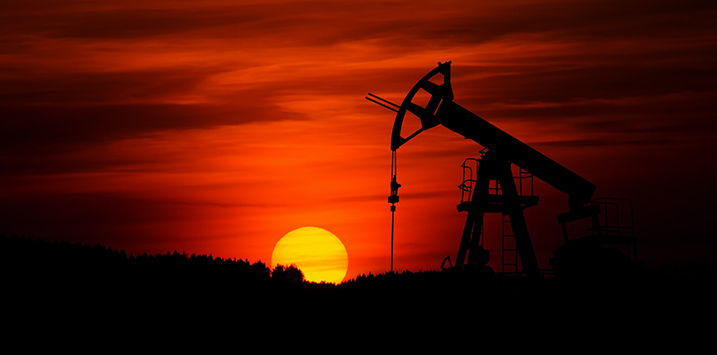
A disappointing exit price for BHP’s oil and gas assets
BHP is accelerating its retreat from fossil fuels with a deal to sell its global oil and gas assets to Australian energy giant Woodside Petroleum. The companies announced an all-stock merger of BHP’s entire petroleum division spanning Australia, the Americas and North Africa with Perth-based Woodside.
Following the demerger of the suite of second tier assets into South32 (ASX:S32) in 2015, BHP have really got the decarbonisation bug by selling an estimated US$20.5 billion worth of their oil and gas assets to Woodside Petroleum (ASX:WPL) for the equivalent of US$13.5 billion, based on Tuesday’s WPL closing price of $20.73 per share.
| BHP’s Oil and Gas Assets | Location | Status | Valuation (US$) |
| Scarborough | WA | Development | 0.8 |
| Australian Production | WA | Production | 0.9 |
| Bass Straight | Victoria | Production | 5.5 |
| North-West Shelf | WA | Production | 2.3-4.3 (1). |
| Atlantis | Gulf of Mexico | Production | 2.5 |
| Shenzi | Gulf of Mexico | Production | 1.8 |
| Mad Dog | Gulf of Mexico | Production | 1.1 |
| Mad Dog 11 | Gulf of Mexico | Development | 2.4 |
| Trinidad and Tobago | Trinidad and Tobago | Exploration and Development | 1.2 |
| Algeria | Algeria | Operations | 0.3 |
| Trion | Gulf of Mexico | Development | 3.3 |
| Total Oil and Gas Assets | 22.1-24.1 | ||
| Rehabilitation Costs (estimate) | 2.6 | ||
| Total, post rehabilitation | 19.5-21.5 | ||
| Total mid-point | 20.5 |
(1). Range, based on the speed of production decline at the North-West Shelf.
Sure, an open market auction would have taken time and been messy. But the US$7 billion opportunity cost is likely to be justified by the BHP Board as only a few per cent of their market capitalisation (at yesterday’s A$51.33, BHP’s market capitalisation was A$244 billion or around 9.3 per cent of the Australian All Ordinaries Index), so not a big deal.
Also, the BHP shareholders will own 48 per cent of the BHP oil and gas assets/Woodside Petroleum merger (let us call this Woodside Mark 11), so they may enjoy some of the US$7 billion opportunity cost. The real winners of course will be the Woody’s shareholders who retain 52 per cent of Woodside Mark 11.
Paying close to a debt-free US$13.5 billion, together with a theoretical $400 million of synergistic benefits gives Woodside Mark 11 a more diversified production base (and a global top ten position as an independent energy producer), higher liquids mix, many more growth options and a much stronger (combined) balance sheet.
After peaking at $68.66 in May 2008, WPL has been a dog with fleas for the past thirteen years. With its share price down 70 per cent to $20.73, I’m sure the newly appointed CEO of Woodside Mark 11, Meg O’Neill, would be delighted with this transaction and the value being passed through to the long-suffering Woody’s shareholders.